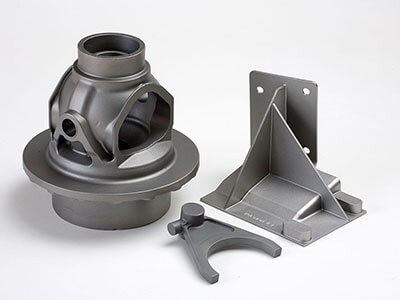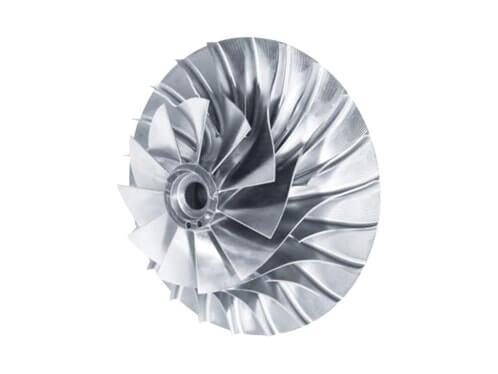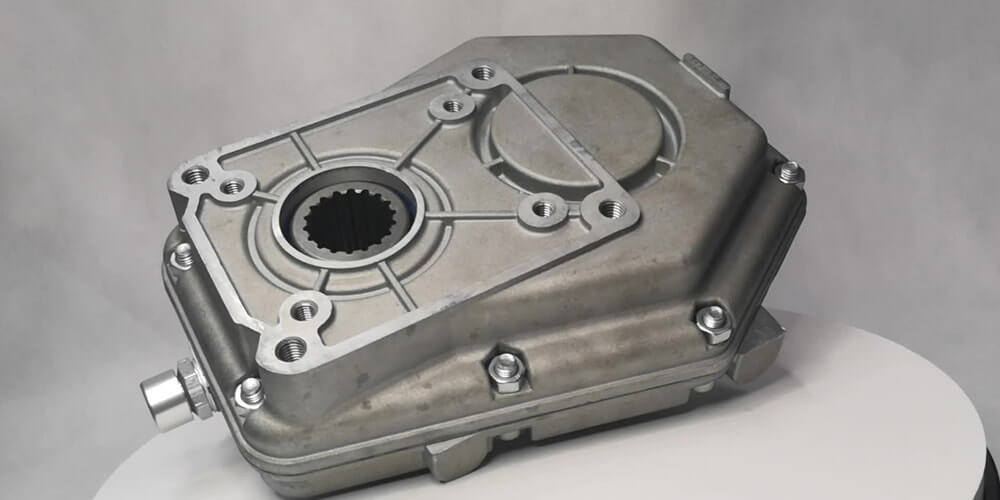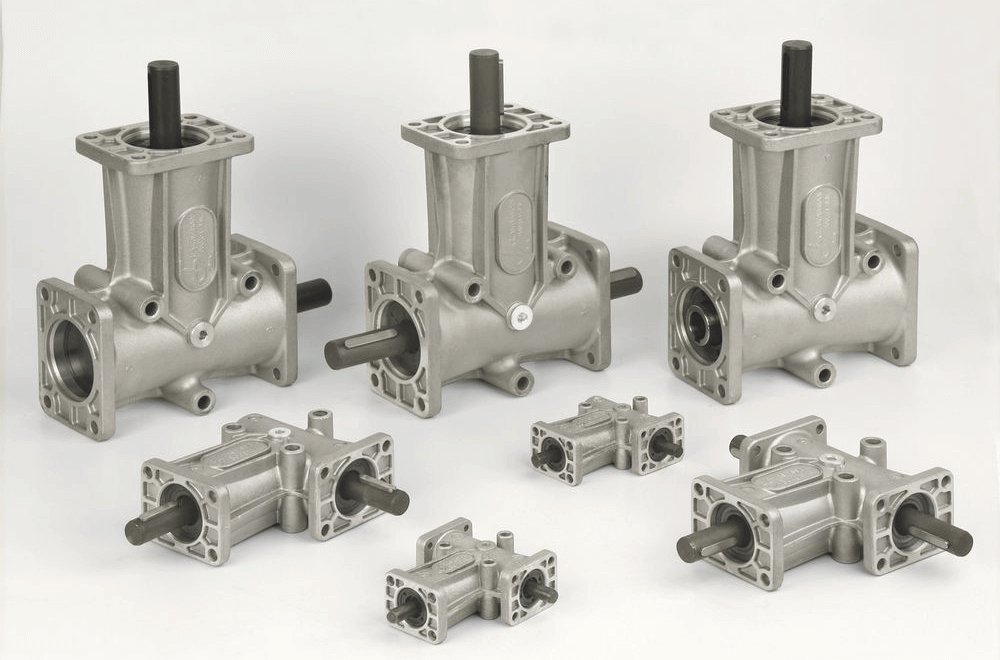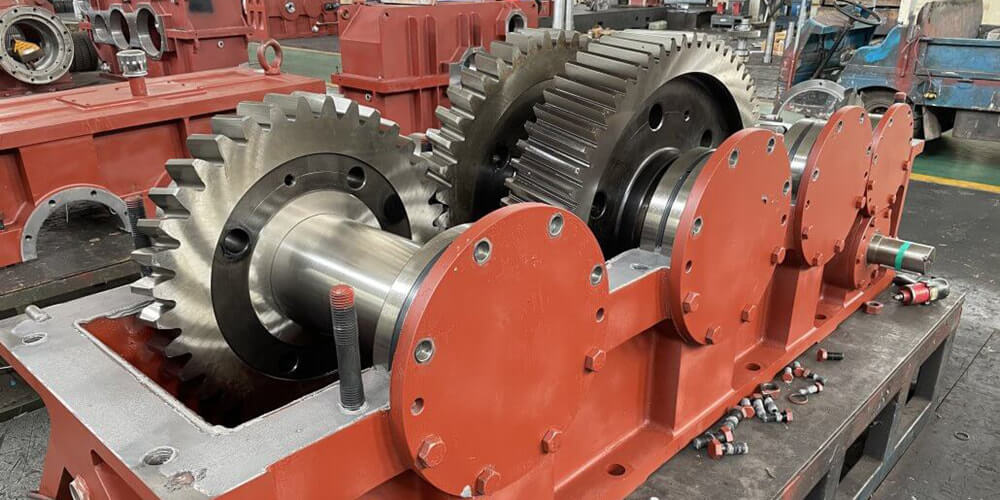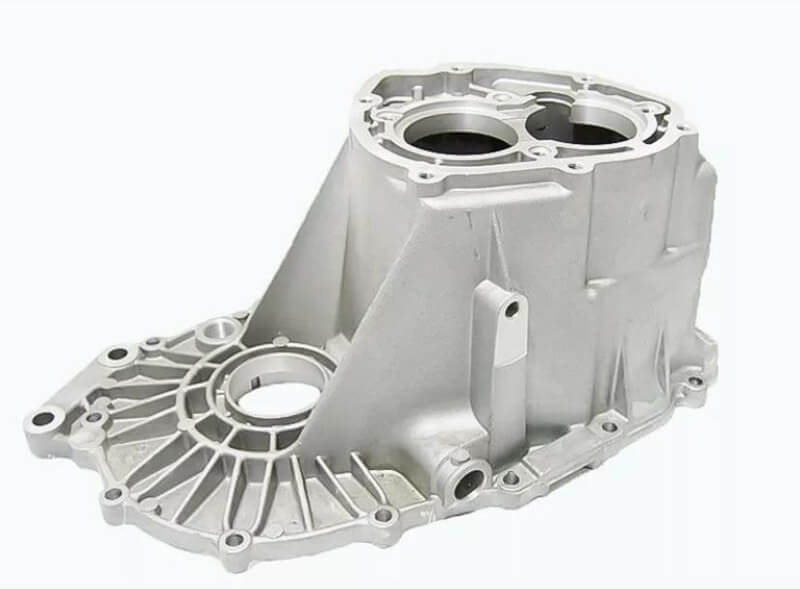Investment casting is a fantastic method for producing gearbox parts, especially when it comes to intricate shapes and high-quality surface finishes. By using a mold made from a special, expendable pattern, this process allows us to create some really precise and detailed components. Not only that, but we can work with a wide variety of materials, including both ferrous and non-ferrous alloys. So, if you’re looking for a manufacturing technique that’s super versatile and can deliver top-notch gearbox parts, investment casting is definitely worth considering.
Material Selection for Cast Gear Box
The choice of material for investment casting of gearbox parts depends on the specific application requirements, such as the operating environment, load capacity, and cost constraints.
The most commonly used materials are:
– Steel Alloys
a. Carbon steel: Affordable and offering good mechanical properties, carbon steel is widely used for gearbox components that require strength and durability.
b. Stainless steel: Known for its excellent corrosion resistance and high strength, stainless steel is suitable for gearboxes used in harsh environments or where cleanliness is essential, such as in food processing or chemical industries.
– Aluminum Alloys
Aluminum alloys are lightweight, corrosion-resistant, and provide good castability, making them a popular choice for automotive and aerospace gearboxes. They also offer excellent thermal conductivity and can be heat-treated for improved strength.
– Brass and Bronze Alloys
Brass and bronze alloys are frequently used for their corrosion resistance, good machinability, and self-lubricating properties. Bronze alloys, in particular, offer excellent wear resistance and are suitable for bearings and bushings in gearboxes.
– Ductile Iron
Ductile iron provides excellent strength, toughness, and wear resistance, making it a suitable material for heavy-duty gearboxes in industrial applications. It can also be heat-treated to improve its mechanical properties further.
Suitable Gearbox Application for Different Materials
| Material | Suitable Gearbox Applications |
| Carbon Steel | – General-purpose gearboxes |
| – Automotive transmission systems | |
| Stainless Steel | – Industrial machinery gearboxes |
| – Food processing equipment gearboxes | |
| – Chemical industry gearboxes | |
| Aluminum Alloys | – Marine applications and corrosive environments |
| – Lightweight automotive gearboxes (e.g., electric vehicles) | |
| – Aerospace gearboxes | |
| Brass & Bronze | – Small appliances and robotics |
| – Worm gear and planetary gearboxes | |
| – Bearings and bushings in gearboxes | |
| Ductile Iron | – Gearboxes in moderate-load applications |
| – Heavy-duty industrial gearboxes | |
| – Construction equipment gearboxes | |
| – High-load and high-torque applications |
Investment Casting Manufacturing Process for Cast Gear Box
1. Pattern Creation The investment casting process starts with the creation of a wax pattern. This pattern is an exact replica of the gearbox component to be cast. To ensure accuracy and precision, the wax pattern is made using a high-quality injection mold.
Tip: It’s essential to make the wax pattern slightly larger than the desired final part to account for shrinkage during the casting process.
2. Assembly Once the wax patterns are ready, they are assembled onto a wax runner system, also known as a sprue, to form a tree-like structure. This assembly allows multiple patterns to be cast simultaneously, increasing efficiency and reducing production costs.
Fun Fact: The term “investment” in investment casting comes from the process of “investing” the pattern with a ceramic material, which forms the mold.
3. Shell Formation The wax assembly is then dipped into a liquid ceramic slurry, followed by a coating of fine refractory particles. This process is repeated several times, building up a ceramic shell around the wax pattern. The shell is allowed to dry between each coating to ensure proper adhesion and strength.
Note: The ceramic shell’s thickness and number of layers depend on the size and complexity of the part being cast.
4. Wax Removal After the ceramic shell is completely dry, the wax inside is removed by placing the shell in a high-temperature furnace or using steam or hot water. This step, known as “dewaxing,” leaves a hollow ceramic mold that is an exact replica of the original wax pattern.
Quick Tip: Reclaiming and reusing the melted wax can help save on material costs and reduce waste.
5. Mold Firing The ceramic mold is then fired at high temperatures to remove any residual wax and strengthen the mold. This process also helps to eliminate any moisture and impurities within the mold, ensuring a high-quality final product.
Heads Up: The mold must be heated evenly and slowly to prevent cracking.
6. Pouring Once the mold is ready, molten metal is carefully poured into the preheated mold. The metal fills the cavity left by the wax pattern, taking on the exact shape of the desired gearbox component.
Remember: Proper temperature control is crucial during pouring to ensure the metal flows smoothly and fills the mold completely.
7. Cooling and Solidification After the metal has been poured, the mold is allowed to cool, allowing the metal inside to solidify. The cooling rate depends on the material being used, as well as the size and complexity of the part.
Patience is Key: Rushing the cooling process can result in defects and poor-quality castings.
8. Shell Removal Once the casting has solidified, the ceramic shell is carefully removed. This process can involve mechanical methods, such as vibration or hammering, or chemical methods, such as using acid to dissolve the shell.
Safety First: Proper protective gear should always be worn during shell removal to avoid injuries.
9. Finishing The final step in the investment casting process is finishing. This may include cutting off the sprue, grinding, sandblasting, or polishing the part to achieve the desired surface finish and dimensional accuracy.
Attention to Detail: Finishing touches can make all the difference in the appearance and performance of the cast gearbox component.
And there you have it! A detailed overview of the investment casting process for cast gearboxes. By following these steps, manufacturers can create high-quality, intricate gearbox components with exceptional precision and accuracy.
Other Manufacturing Methods
There are several other manufacturing methods used for producing gearbox components. Here, we’ll explore some of these methods in detail.
Sand Casting Gearbox Components
Sand casting is a traditional and cost-effective method for producing gearbox parts, especially for large components and small-to-medium production volumes. This process can accommodate a wide range of materials, such as cast iron, steel, and aluminum. With its ability to create complex geometries, sand casting is ideal for general-purpose gearboxes, automotive transmission systems, and industrial machinery gearboxes where high precision is not a priority.
Process:
- Create a pattern: A pattern, typically made of wood or metal, is created in the shape of the desired part.
- Mold preparation: The pattern is placed in a mold box, and sand mixed with a binder is packed around the pattern, creating a mold cavity.
- Remove the pattern: The pattern is carefully removed, leaving the mold cavity.
- Pour molten metal: The molten metal is poured into the mold cavity and allowed to cool and solidify.
- Remove casting: After solidification, the sand mold is broken away, and the casting is removed.
- Finishing: Any excess material, such as gates and risers, are removed, and the part is finished to meet the desired specifications.
Advantages:
- Low tooling cost
- Suitable for large parts and complex geometries
- Wide range of material options
Disadvantages:
- Lower dimensional accuracy and surface finish compared to other methods
- Longer production time
Die Casting Gearbox Components
Die casting is a high-speed, high-volume manufacturing process for non-ferrous gearbox components, such as aluminum and zinc. This method offers excellent dimensional accuracy and surface finish, making it ideal for lightweight automotive gearboxes, aerospace gearboxes, and small appliances where high precision and quality are essential. While die casting may have higher tooling costs, its ability to produce consistent parts in large quantities offsets the expense for the right applications.
Process:
- Prepare die: A two-part, reusable metal die is created, designed to open and close for each casting cycle.
- Inject molten metal: Molten metal is injected into the die cavity under high pressure, filling the cavity completely.
- Cool and solidify: The metal is allowed to cool and solidify within the die cavity.
- Eject casting: The die is opened, and the casting is ejected using ejector pins.
- Finishing: Gates, runners, and any excess material are removed, and the part is finished to meet the desired specifications.
Advantages:
- High production rates
- Excellent dimensional accuracy and surface finish
- Consistent part quality
Disadvantages:
- High tooling cost
- Limited to non-ferrous metals
- Not suitable for very large parts
Permanent Mold Casting Gearbox Components
Permanent mold casting, also known as gravity die casting, is a versatile manufacturing method that accommodates both ferrous and non-ferrous materials. This process is suitable for medium to large production volumes and provides good dimensional accuracy and surface finish. Permanent mold casting is commonly used for automotive, aerospace, and industrial gearboxes where a balance between part quality, cost, and production volume is desired. With its reusable molds, this method offers a more efficient and cost-effective solution compared to other casting techniques.
Process:
- Prepare mold: A reusable metal mold, typically made of steel or iron, is created in the shape of the desired part.
- Preheat mold: The mold is preheated to a specific temperature to ensure proper metal flow and solidification.
- Pour molten metal: Molten metal is poured into the mold cavity using gravity.
- Cool and solidify: The metal is allowed to cool and solidify within the mold cavity.
- Open mold and remove casting: The mold is opened, and the casting is removed.
- Finishing: Any excess material is removed, and the part is finished to meet the desired specifications.
Advantages:
- Good dimensional accuracy and surface finish
- Reusable molds reduce production costs
- Suitable for a wide range of materials
Disadvantages:
- Limited part complexity compared to investment casting
- High tooling cost
These are just a few of the manufacturing methods used for gearbox components. The choice of method depends on factors such as part complexity, material choice, production volume, and cost considerations. Each method has its unique advantages and disadvantages, making it essential to choose the right method based on the specific requirements of the application.
Conclusion
In conclusion, the choice of manufacturing method and material for gearbox components depends on the specific requirements of each application. Investment casting offers high precision and intricate geometries, making it a popular choice for complex parts. Other manufacturing methods, such as sand casting, die casting, and permanent mold casting, each has their unique advantages and disadvantages that cater to different production volumes, part sizes, and material options.
When it comes to materials, carbon steel, stainless steel, aluminum alloys, and brass or bronze each has their distinct advantages and are suitable for various gearbox applications. Factors such as weight, strength, corrosion resistance, and cost must be considered when selecting the appropriate material for a particular gearbox.
Ultimately, a thorough understanding of the desired application, budget, and production volume will help guide the decision-making process when choosing the most suitable manufacturing method and material for gearbox components. By carefully evaluating these factors, manufacturers can produce high-quality, reliable, and efficient gearboxes that meet the specific needs of their applications.
